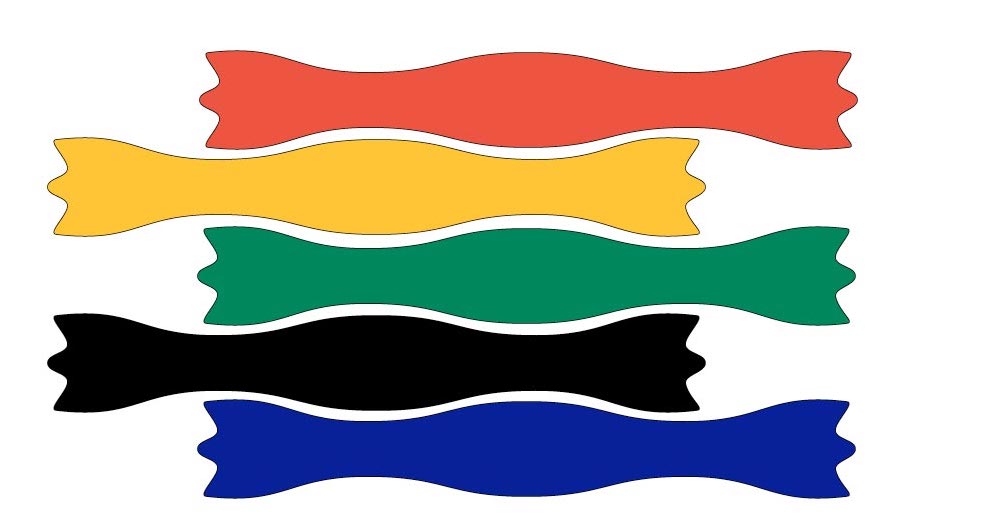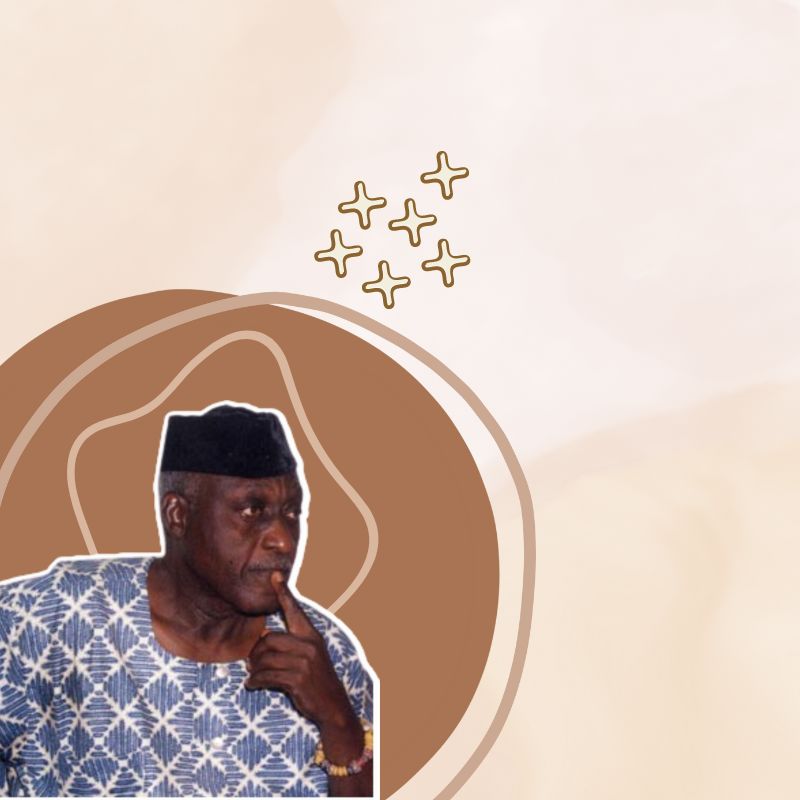A poem about pain, revolt, confusion, and acceptance, The Anvil and the Hammer poem by the African poet Kofi Awoonor is an amalgamation of various emotions presented beautifully. This amalgamation is even brought in the imagery used. The anvil and the hammer clash. It is the mixing of two cultures and the consequences that follow.
The brilliant use of metaphors, imagery, and tone to deliver the meaning makes this poem so eloquent in describing the cultural conflict and colonial time the poem was written in. This poem is a visit inside the mind of a poet living in a world that was caught between two forces, morally challenged to choose one or the other.
The analysis of the poem The Anvil and the Hammer shall look at the meaning of the poem and the literary devices, clever line composition, and the psychological implications of conflict in our minds. Here’s what you’ll get from this article:
- About the author
- Context of the poem
- Meaning of the poem
- Literary devices
- A note on choices in our lives
About Kofi Awoonor, the poet.
It would not be right to call Awoonor just a poet. He was a creator of poetry and prose, an author of both fiction and non-fiction, a professor, and an activist. Awoonor has had a controversial life and he was killed in an attack in September of 2013.
Born George Kofi Nyidevu Awoonor-Williams, Awoonor was a Ghanaian writer whose work includes a lot of Ewe tradition and the culture of Africa. Some of his most popular works include Rediscovery and Other poems, Until the Morning After, The House by the Sea, etc.
Context of the poem
The poem about the cultural and structural evolution of Africa during colonization by European countries. The poem shows the mindset of the writer during these changing times and the choices made by the people along with the reasons for it.
A lot of metaphorical elements in the poem is about oppression, change, acceptance, and a new way of life. The poem is divided into two stanzas, the first talking about this transitionary phase and how difficult it is for people to accept this into their own culture.
The second stanza of the poem is about acceptance and using this “force” of a new culture to form something unique, something new that has the best of both worlds. This “best of both worlds” means the rich culture from inheritance that the people of Africa were given by their ancestors and the new, modern amenities and knowledge of the western world.
Meaning of The Anvil and the Hammer poem
The meaning of the poem is divided into two parts, the first will look at the overall meaning of the poem, the metaphors and the words used. This also includes the psychological implications that the poet projects into the poem.
The second part of this section is the stanza by stanza analysis of the poem with its meaning. We’ll look into the line by line analysis of each stanza and how the overall meaning emerges. Let’s begin.
What the poem signifies
The anvil and the hammer signify creation through pain and suffering. Great metaphorical use of this element is to signify the struggles and sufferings the people of Africa had to go through during the colonial transformation. But this suffering turned them into something more powerful.
The poem is also about the conflict of choice, the moral dilemma of going either with the modern European ways or with the traditional inheritance of African culture. It ends with a new resolution, a solution that incorporates both of the choices that benefit the people of Africa.

Analysis of the poem
Caught between the anvil and the hammer
In the forging house of a new life,
Transforming the pangs that delivered me
Into the joy of new songs
The first line represents the place of transformation, the place where two solid objects collide and the poet is in between. The anvil is the African culture where the poet rests, the hammer is the new force of European culture, brought by colonization.
The transformation here is the painful pangs into the joys of a new song. The hammering that once caused suffering and anguish has now turned into something joyful. This joyful song is the creation of something new, a new reality, a new world.
The trapping of the past, tender and tenuous
Woven with fibre of sisal and
Washed in the blood of the goat in the fetish hut
Are laced with the flimsy glories of paved streets
These four lines show a lot about the mental state of the poet and his views on his culture and it being mixed with the European ways. The trappings of the past, tender and tenuous represents the trappings of African culture. Fibre of sisal, goat’s blood, fetish hut all represents the African way of life.
The last line says that the cultural elements of African ancestry have been laced with “flimsy glories paved streets”. Paved streets are modernistic, European elements. It was given to the Africans as a “glorious gift” and the poet has a disdain for it. The concrete roads do not fit well with the African culture, hence the author uses the term “laced”.
The jargon of a new dialectic comes with the
Charisma of the perpetual search on the outlaw’s hill.
These two lines are very important as they make the transition in the mindset of the poet. This is the introduction to the second stanza of the poem that has a very different meaning about the European inclusion in Africa, whether the natives liked it or not.
The jargon of the new dialectic refers to the power of education, the power of reasoning which came with the education from the European colonization. Not just that, but everything beneficial that came from it. And from this dialectic, the poet moves to the next stanza, the acceptance of the new culture in a smarter way.
The first stanza was all about this mixing of cultures. The clash of the hammer on the anvil with the African people in the middle, suffering the blows. It was about the change the hammer was giving the people, which of course they did not like.
The second stanza
Sew the old days for us, our fathers,
That we can wear them under our new garment,
After we have washed ourselves in
The whirlpool of the many rivers’ estuary
This is where the transition occurs. It is the acceptance of the new culture but in a reasonable way. “Sew the old days for us so that we can wear then under our new garment” is exactly what the reasonable way is.
The people of Africa will accept the good things of the new culture, they will use the hammer’s blow to become something even better, but they must always keep their culture close to their heart. There is a way to make use of the foreign ways without giving up their culture.
The new garment will be worn, but it will be superficial. Inside, closer to their heart will the culture, the rich inheritance from the forefathers of the people of Africa.
Washing themselves in the estuary of many rivers means taking the various things from the European culture. This is the act of acceptance of the “good” things from the European people.
This line also signifies cleaning. Cleaning of the dirt that the people have, or the wrong practice that they had been doing. Bathing is an act of becoming something new after getting rid of their old ways.
We hear their songs and rumours everyday
Determined to ignore these we use snatches
From their tunes
Make ourselves new flags and anthems
The violence of the Europeans, the discriminations, the mocking was hurtful and the praise for the European countries was swiftly ignored. The poet says that they will take the tunes from their songs and create a new world for themselves, a better world. The creation of new flags and anthems shows the rise of a new country, the birth of a better country.
While we lift high the banner of the land
And listen to the reverberation of our songs
In the splash and moan of the sea
The new African country shall rise and stand high, the banners will fly and the chants of their songs shall reach and echo even in the sea. This is to show the power of their will and their resolute nature. They aim to make the new world rise so high and the songs so powerful, it’ll make even the sea shiver.

Literary devices in the poem
The poem has a lot of literary devices, the most common being metaphor. It relies heavily on metaphors to deliver the gravity of the feeling. Here are some of the examples.
Metaphor – The name of the poem is a metaphor, the anvil and the hammer, then its pangs that delivered me, new songs, trappings of the past, glories of paved streets, charisma of the perpetual search in the outlaw’s hill, sew the old days for us…etc. The examples could go on. There is a metaphor in every line of the poem.
Alliteration – tender and tenuous is the example of alliteration used in the poem.
Imagery – Washed in the blood of the goat in the fetish hut, in the splash and moan of the sea are some examples of imagery being used. Another great example of the use of symbolism is Fire and Ice by Robert Frost.
Theme – The poem has a lot of major and minor themes. One theme is about conflict of choices, another theme is a desperate situation, the contrast between culture, accepting something new, the truth, patriotism, etc.
Conclusion
The poem speaks a lot about conflict of choice. When we face a morality situation, it is hard for us to take one options. Most of the time, it is one option that is tempting while questioning our morality or tradition. The author could not take the ways of the European people mingling with the their culture. This abandonment of their own heritage was not acceptable.
But at the same time, the poet knows the importance of human lives. If people of his community or country could benefit from the ways of the foreigners, he would not stop it. Benefiting from all these ways would make the country more powerful. This is the better way, the lesser evil and to change when there is a hammer beating down on them. They could either stay where they are and be deformed. Or they could shift and move and the use the hammer’s force to become something even greater.
